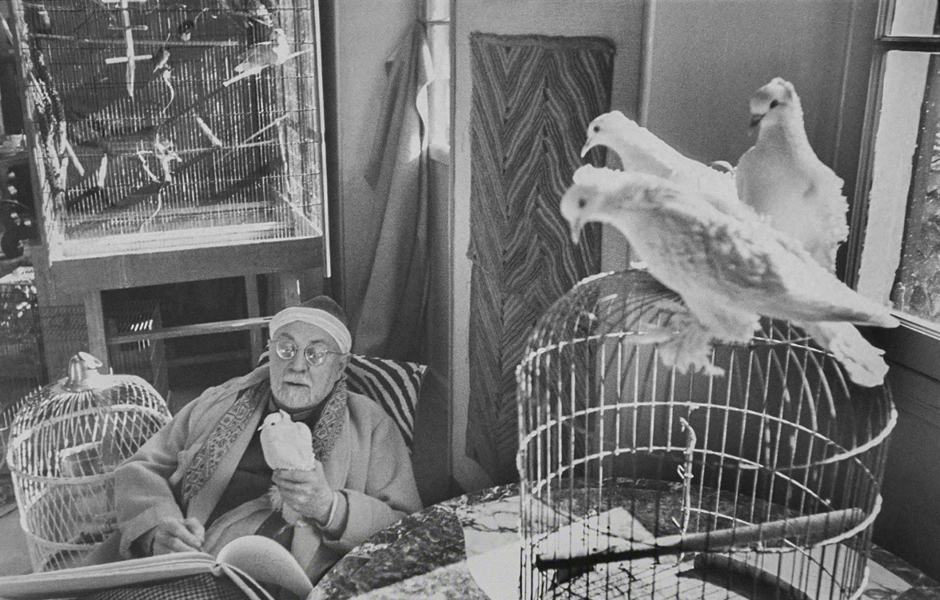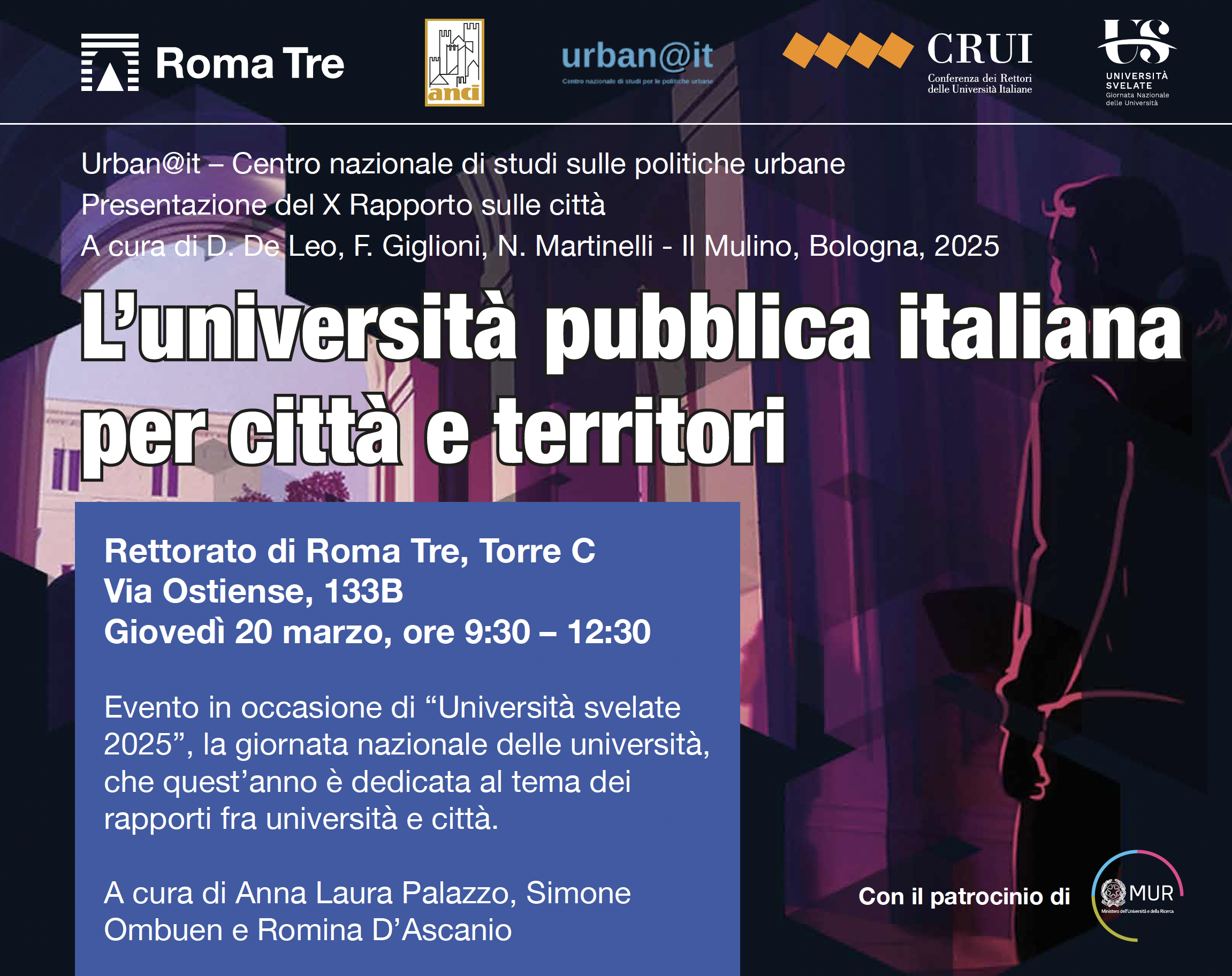Between exhaustion and creativity

The Burnout Society of Byung-Chul Han
PhD candidate, Faculty of Architecture, University of Porto, Portugal
According to the South Korean philosopher Byung-Chul Han (1959-) in Burnout Society (2015a), there seems to be a tendency for contemporary society – which he calls the achievement society– to evolve into a state of general exhaustion – a society of tiredness. However, for the author, although this path towards tiredness presents itself as an inevitability, it is the way that tiredness is understood and lived that will determine the character of the future society.
Han distinguishes two forms of tiredness: one that he calls “solitary tiredness” or “divisive tiredness”, where “the isolated I [das Ich] fills the field of vision entirely” (2015a, p. 31), giving no possibility to see what is outside the subject; and another that he calls “fundamental tiredness”, as a form of “eloquent, seeing, reconciliatory tiredness” (2015a, p. 31) with the possibility to see outside the subject – “the I grows smaller, the gravity of being shifts from the ego to the world” (2015a, p. 31). Han uses the “image of the hands” to explain this double conception of tiredness: there is a form of tiredness that immobilises the hands after work, but there is also a form of tiredness that makes the hands stop working and start playing [1].
The motivation of the author to support these ideas – which can be understood as his thesis – seems to be precisely the possibility of recognizing in the apparent inevitability of a future path a favorable alternative to the development of man (as subject and as collectivity).
This search for Han by the aggrandizement of man – which, according to some, would be able to surpass his nature; or according to others, would be reconciled with his true nature – has echoes from a set of German thinkers, present in Han’s formation and widely quoted in this book (and in his work): Friedrich Nietzsche (1844-1900), Martin Heidegger (1889-1976) and Hannah Arendt (1906-1975).
*
It is possible to consider – in a simplified way – the organization of the book in three main moments.
In the first moment, Han distinguishes between the modern society – which he calls, by reference to Michel Foucault (1926-1984), the disciplinary society– and the contemporary society – as already referred, the achievement society. This paradigm shift is explained by Han through the immune issue [2]. While in the past, society was governed by an immune discipline – a discipline that understood the difference or the external as a pathogenetic aggression – the achievement society has in itself – in the subject himself – its greatest enemy. This explains why the paradigmatic disease of the 21stcentury is no longer the infection caused by bacteria or viruses, but the neurological illnesses – as “depression, attention deficit hyperactivity disorder (ADHD), borderline personality disorder (BPD), and burnout syndrome (BS)” (2015a, p. 1) -, referred by Han as “terror of immanence” (2015a, p. 6).
From the pathological point of view, it is not negativitythe source of the problem, but rather the excess of positivity– and for positivity, there is no possible immune response, because the problem is immanent to the subject itself [3]– “the Same does not lead to the formation of antibodies” (2015, p. 4). The impossibility of giving continuity to the immunological paradigm is, according to the author, related to the process of globalization, because the “Otherness provoking an immune reaction would work against the dissolution of boundaries” (2015, p. 3).
In the second moment – the most extensive – the author seeks to characterize the present circumstance of society. One of the characteristics of (achievement) contemporary society is that man no longer needs to be disciplined – after all, he has undergone a period of discipline – and therefore, “the achievement-subject stands free from any external instance of domination forcing it to work, much less exploiting it” (2015, p. 11). However, “the achievement-subject gives itself over to compulsive freedom” that is, “to the free constraint of maximizing achievement”, leading to a process of “self-exploitation” (2015a, p. 11). According to Han, the psychic illnesses of contemporary society are only manifestations of this “paradoxical freedom” (2015a, p. 11) – of (depressed) man’s inability to be left to himself.
In a society where “achievement” is the watchword, acceptance of boredom is progressively smaller – with acceleration there is no time to “lose” and non-doing is immorality. This inability to tolerate boredom – “the profound idleness that benefits the creative process” (2015a, p. 13) – could become highly problematical, since “the cultural achievements of humanity, which include philosophy” requires a “deep, contemplative attention ” (2015a, p. 13).
Vita activa(or active life), as Han points out, completely smashes the complementarity possibility with vita comtemplativa [4] (or contemplative life) – by “the absolutization of vita activa” (2015a, p. 20). However, and paradoxically, the absolutization of activity leads man to passivity – because he simply does, he stops thinking about doing, becoming animal laborans. Quoting Arendt (1998), Han refers that “all human activities, if viewed from a sufficiently remote point in the universe, would no longer appear deeds but biological processes” (2015a, p. 17).
For the author, it is the capacity to interrupt, to falter or to slow down – hence, to counter absolute positivityby negativity– one of the great faculties of man – a faculty to which the machine, for example, is interdicted. It is in the moment that man stops that the possibility of contemplating arises – to theorize – and to reflect: to be what he really is. As in Hegel (through Han) “negativity is precisely what keeps existence [Dasein] alive” (2015a, p. 24).
And in the third moment, the author foresees what society will be in the future, from the signs he finds in the present time: the transition from achievement societyto doping society. It is in this context that Han proposes his particular understanding of tiredness – of reflexive and potentially creative tiredness – as a counterpoint (and salvation) of the sterile and exhausting tiredness of production and doping.
*
It seems relevant to highlight three issues addressed by Han:
The first, the moral issue or the moral construction of societies. When Han refers to achievement societyand then to doping society, the principles that support these paradigms are precisely moral principles – of a morality built by a particular society in a given circumstance. In achievement societythe moral imperative is the (absolute) optimization of production – the non-producer or the mediocre producer acts contrary to the determined “good”. In the same way, in doping society, the consumption of this type of substances becomes a moral imperative – the one that does not use doping is not giving the maximum of itself and it is not trying to reach the maximum of its productivity.
Like Nietzsche, Han – at least considering a practical ethics – underlines the lack of metaphysical foundation of morality, which is beyond (or short) of good and evil. Morality – which Nietzsche refers as the “Circe of the philosophers” (1969a) – seems to be then understood by Han as a creation of (social) man for the control and regulation of himself – to lead man to do not what he wants, but what “should” be done.
The second, the annulment of the fundamental (metaphysical) doubt. For Han, the metaphysics absence of contemporary man is due, to a certain extent, to the positivist absolutization, that is, to the interrogation and awe substitution by the Cartesian doubt – that only accepts answers from the scientific method. As Han refers, “the modern loss of faith does not concern just God or the hereafter […] it involves reality itself and makes human life radically fleeting […] life has never been as fleeting as it is today” (2015a, p. 18).
The third, in relation to the previous theme, the question concerning contemporary art. The absolute protagonism of the Apollonian dimension of man in contemporary society in relation to the Dionysian dimension – dichotomy formulated by Nietzsche (1969b) -, represents a problem in the very conception of art, as one of the most important aspects of human life, according to Han. On this subject, Han formulates the parallel between walking and dancing: dance, as opposed to walking, cannot be explained in its utilitarian sense – dancing is a totally useless action, a (negative) reaction to the positivityof walking. And as Han argues, it is dance, like art, one of the exclusively human activities – “only human beings can dance” (2015a, p. 14).
Title: The Burnout Society
Author: Byung-Chul Han
Editor: Stanford University Press
Pages: 72
Price: 13,80 €
Publication Year: 2015
Notes
[1]“After He created it, God declared the Seventh Day holy. That is, the day of in-order-to is not sacred, but rather the day of not-do, a day on which the use of the uselessproves possible. It is a day of tiredness. The interval is a time without work, a time of, and for, play” (2015a, p.34).
[2]The concept is developed by the Italian philosopher Roberto Esposito (1950-) in “Immunitas: The protection and the negation of life” and refers to the elimination of what is strange or simply different.
[3]“Burnout syndrome occurs when the ego overheats, which follows from too much of the Same. The hyper in hyperactivity is not an immunological category. It represents the massification of the positive” (2015a, p. 7).
[4]Concerning vita contemplativa, Han quotes Gregory the Great: “Be aware: while a good plan for life requires that one moves from the active to the contemplative life, it is often useful if the soul returns from the contemplative to the active life, in such a way that the flame of contemplation which has been lit in the heart passes on all its perfection to activity. Thus, active life must lead us to contemplation, but contemplation must set out from what we inwardly considered and call us back to activity” (2015a, p. 36).
References
Arendt, H. 1998. The human condition. University of Chicago Press, Chicago.
Han, B. 2015a, The Burnout Society, Stanford University Press, Stanford.
Han, B. 2015b, The Transparency Society. Stanford University Press, Stanford.
Nietzsche, F. 1969a, Ecce homo, Vintage Books, New York.
Nietzsche, F. 1969b, On the genealogy of morals, Vintage Books, New York.
Images
Cover image: Alberto Giacometti “Têtes” 1950 – Source: https://www.lemonde.fr/culture/portfolio/2019/02/01/
exposition-a-paris-alberto-giacometti-sous-le-regard-de-peter-lindbergh_5417532_3246.html
Fig.1: Alberto Giacometti “Têtes” 1947 – Source: https://www.smithsonianmag.com/smart-news/two-lost-alberto-giacometti-drawings-found-antique-dealers-collection-180964472/








